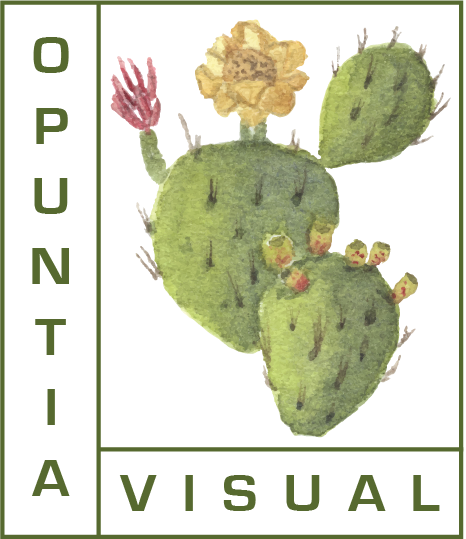Imagine you could see how our cells work at the molecular level? Kind of taking a tour around the cell and see how each of the machines that compose the factory called cell are in synchrony. Sounds like science fiction but in fact there have been several efforts to understand how these tiny little machines, called proteins, work.
For decades, the most traditional technique to study proteins at their atomic level was X-ray crystallography. The name gives a hint of how it works: you make crystals and then shoot them with X-rays (there is a place called “synchrotron” where a powerful beam of X-rays is generated for these types of studies) to get the coordinates or each atom that composes the protein of the study. Many protein structures have been solved in the last century giving us tons of information about these sophisticated machines. Mechanisms of action, drug design and the discovery of the DNA has come along thanks to X-ray crystallography. And of course many Nobel prizes have been awarded to discoveries related to this powerful technique.
Another technique that has been around for a while is called cryo-Electron Microscopy (cryo-EM). The idea is to freeze (where the “cryo” name comes from) your protein on a support called a grid (that is 3mm wide) in what it would be a “natural” state. Then the protein is hit with electrons to take a picture on film that reveals the shape of the protein. However, only recently it became more popular due to technological advances that allowed to record movies, rather than taking pictures, to reduce the blurriness of the image. Think of it as recording a movie of a runner rather than taking a picture where you can’t see any details of the runner.
Since some motion occurs when electrons hit the protein, the possibility of recording movies and having better cameras allowed for higher resolution (basically you can see more details of the protein shape). With these new features there was an explosion of new protein structures and the so called resolution revolution with cryo-EM started. In fact, this year the Nobel prize in chemistry was awarded in honor of three of the main contributors to the development of cryo-EM.
This watercolor describes both of these techniques going from the protein in solution to the final structure.
